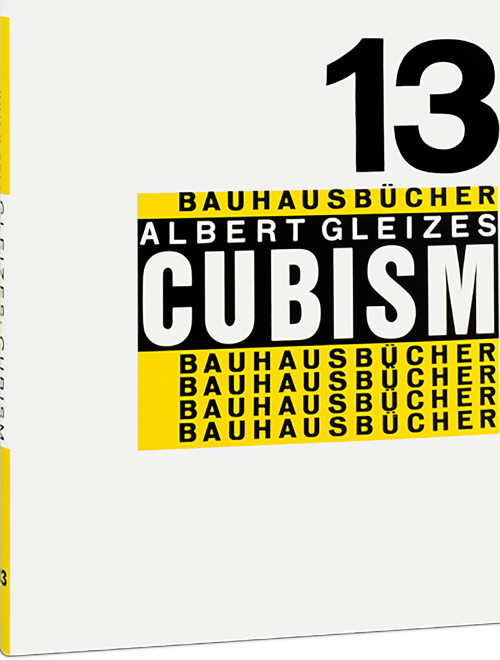
Principles of Neo-Plastic Art
Theo van Doesburg was a jack of all trades: painter, writer, architect, typographer, and art theorist. In this volume of the Bauhausbücher, he attempts to make elementary concepts in the visual arts generally comprehensible. He was addressing the “modern artist” of his day, who had to deal with both shifting social paradigms and a changing understanding of art and art theory. Van Doesburg describes theory as a necessary consequence of creative practice. Artists, he says, “do not write about art but from within art.”
The series is published with the generous support of the Rudolf-August Oetker-Stiftung.
Theo van Doesburg was a jack of all trades: painter, writer, architect, typographer, and art theorist. In this volume of the Bauhausbücher, he attempts to make elementary concepts in the visual arts generally comprehensible. He was addressing the “modern artist” of his day, who had to deal with both shifting social paradigms and a changing understanding of art and art theory. Van Doesburg describes theory as a necessary consequence of creative practice. Artists, he says, “do not write about art but from within art.”
The series is published with the generous support of the Rudolf-August Oetker-Stiftung.

























